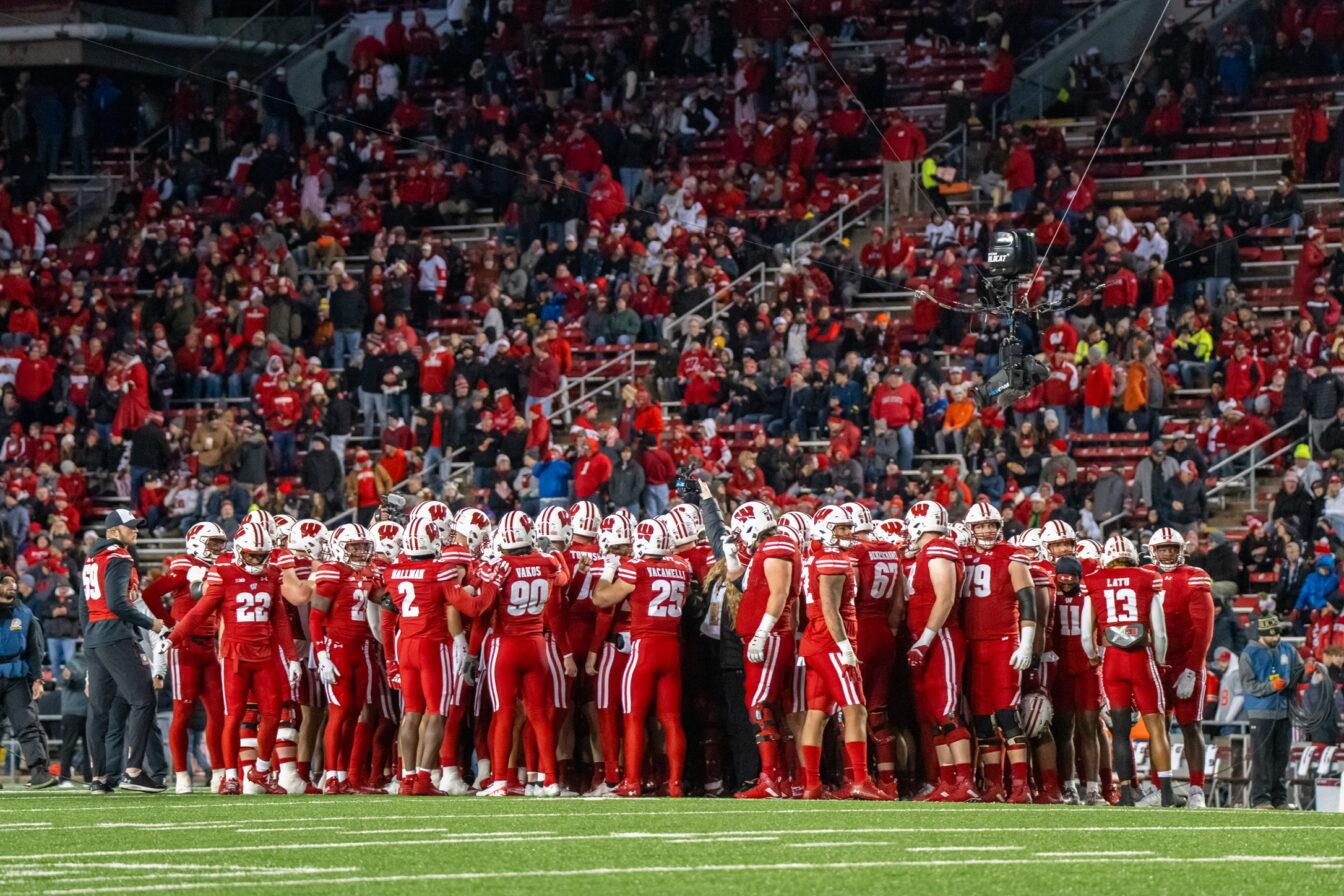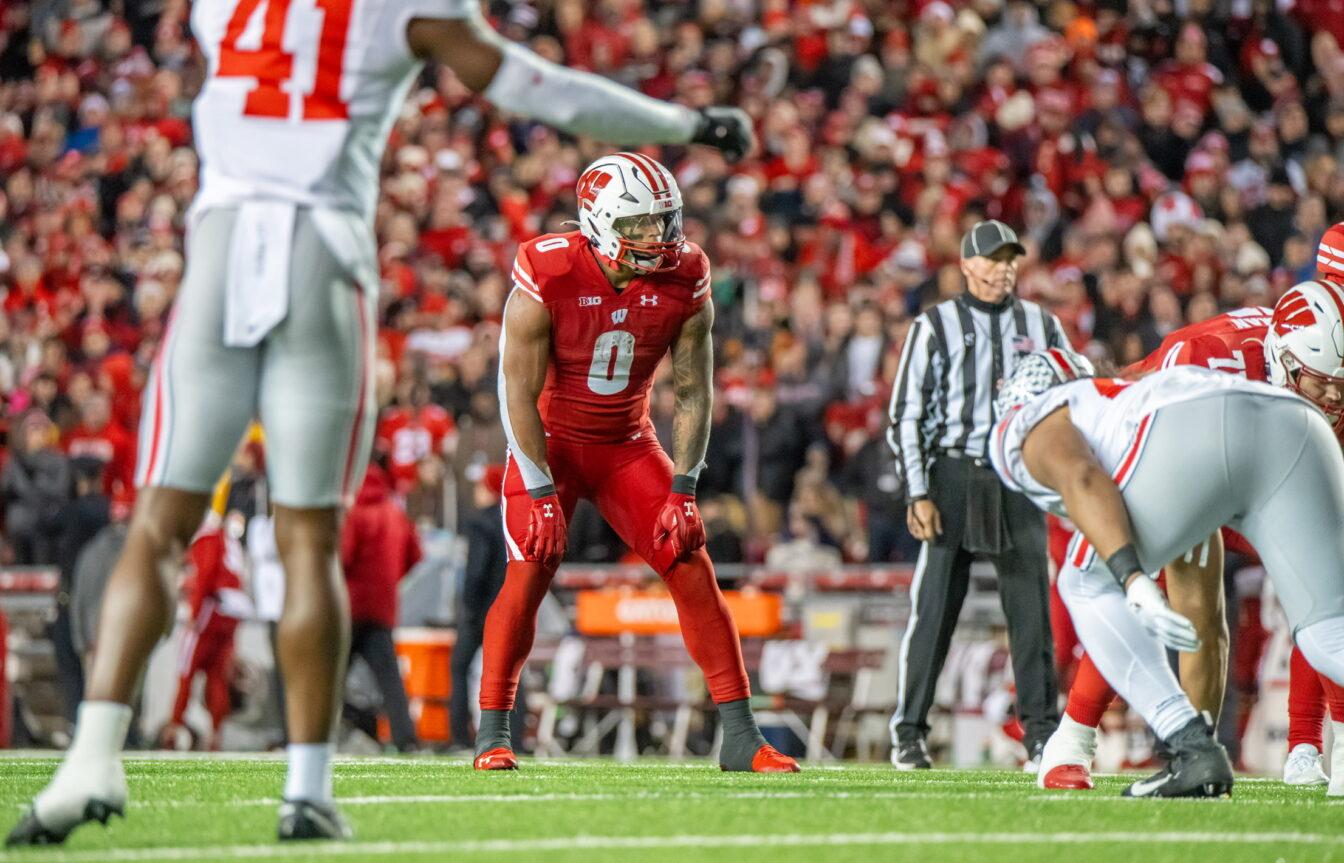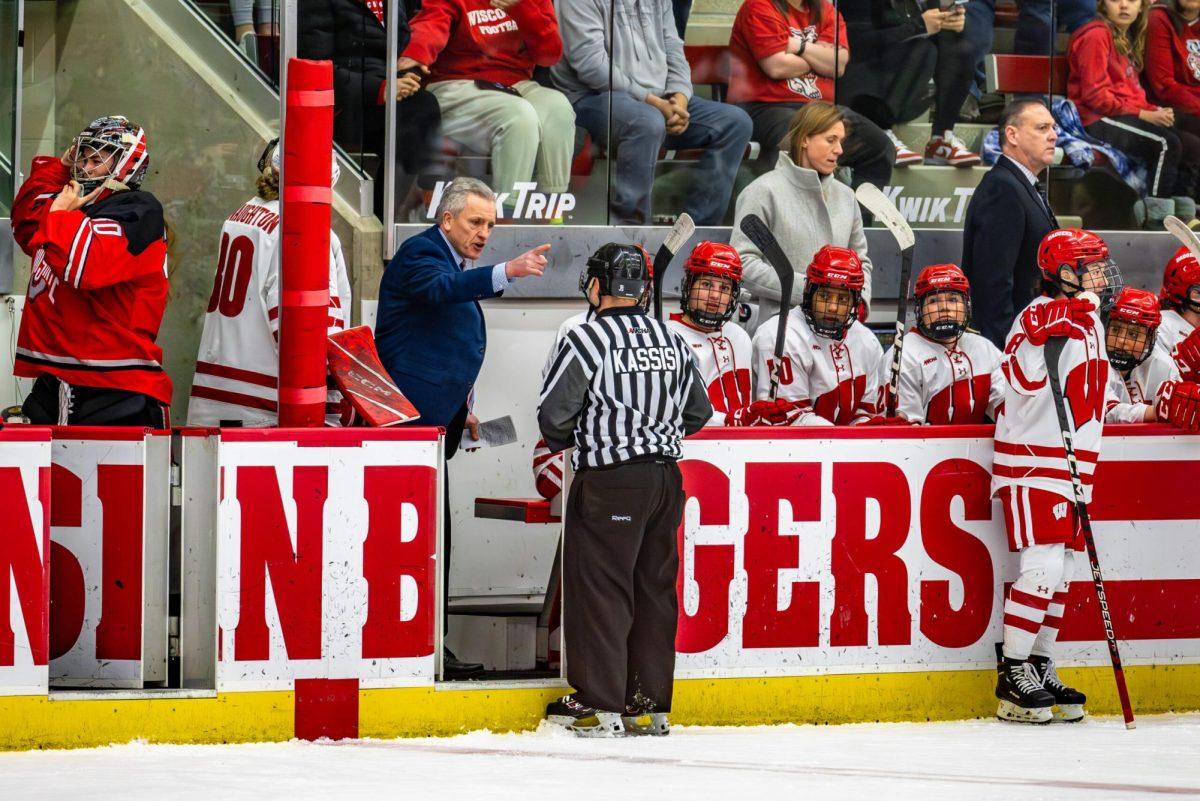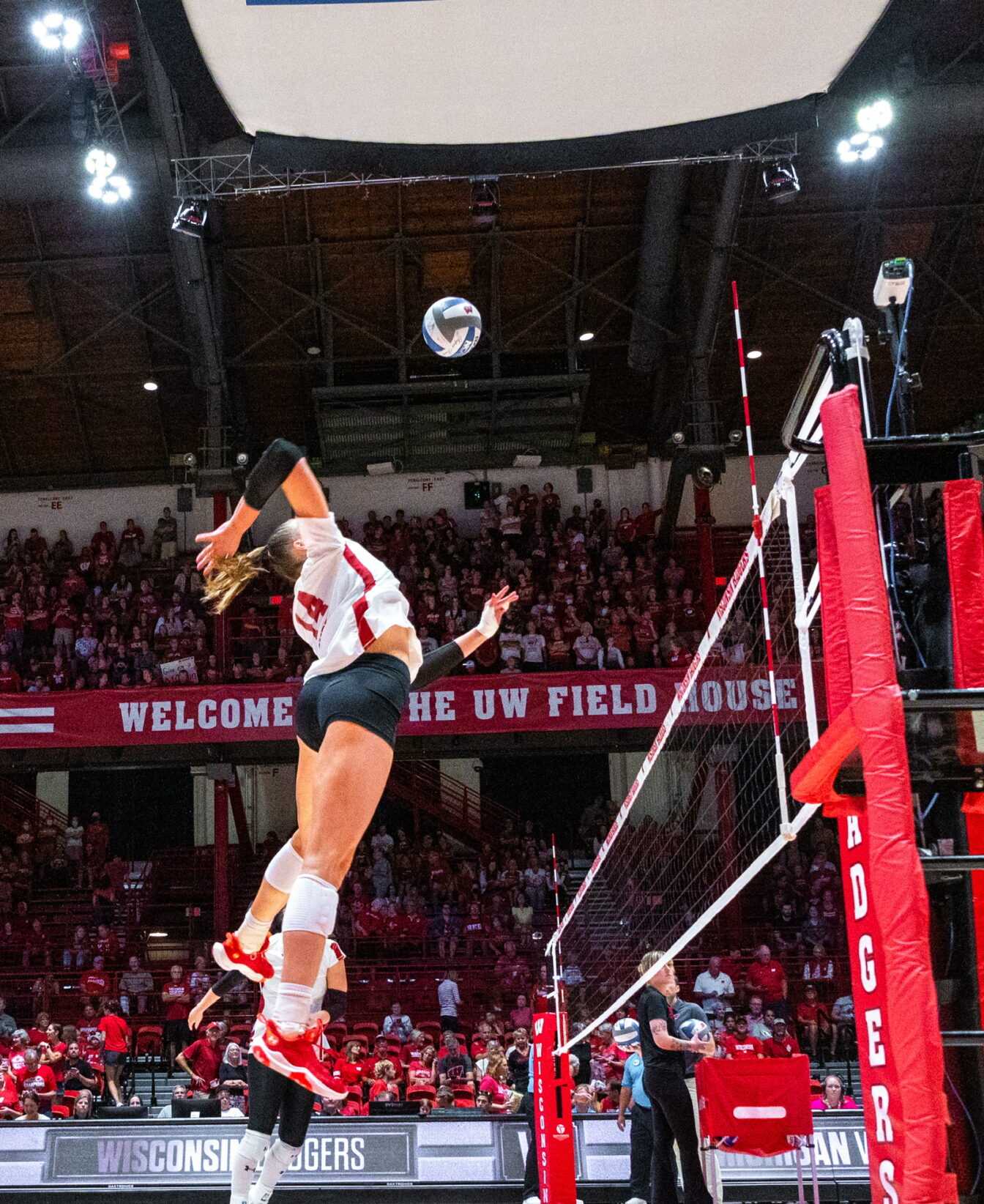[media-credit name=’AP Photo’ align=’alignnone’ width=’648′] [/media-credit]
[/media-credit]
It’s hard to remember a time when football wasn’t America’s game.
Sure, baseball is heralded as America’s pastime, but for decades football has grown to such an extent of popularity that it outstrips any other TV programming by a mile. But the rise of football has also gone hand-in-hand with the increasing concerns over player safety – and with good reason.
Issues surrounding player safety have recently been thrown in sharp relief with the 2011 NFL lockout and the growing number of early deaths from severe brain damage related to football, hockey and other contact sports as well. Such brain damage is largely a result of repeated concussions over a career, even starting at the peewee level.
The NCAA is taking more precautions against possible concussions – or simply any other severe head injuries – with new rules regarding lost helmets. As laid out previously by the Wisconsin State Journal’s Tom Mulhern, those rules are as follows:
- If a player loses his helmet, it will be treated like an injury and the player must sit out the next play. The rule does not apply if the helmet comes off due to penalty.
- If a ball carrier loses his helmet, the play will be blown dead immediately.
- If a player other than the ball carrier loses his helmet, he can no longer be involved in the play.
- If a ball carrier’s helmet comes off with less than a minute to play in either half, there will be a 10-second runoff. A coach can use a timeout to keep the 10 seconds on the clock.
Disregarding for a moment the intentions of these rules, there are some issues with the strict execution of these new rules, particularly the third one. For example, if an offensive lineman loses his helmet, is he actually going to drop out of the play, effectively giving up his block and allowing the defensive lineman a direct lane to the quarterback? Unfortunately for now, the question is a rhetorical one. And we better hope Bret Bielema has learned to manage the clock a little better.
This extra emphasis on player safety could not have come at a more important time for the sport of football. The rules may prove a tedious read, but when it comes to their execution they may be able to save at least one or two injuries that could be life-changing.
Continued research has become more readily available over the past few years detailing the effects of multiple concussions on players’ brains. This repeated brain damage leads to a neurological degenerative disease called chronic traumatic encephalopathy, or CTE.
All those fancy words mean is the repeated brain damage players sustain throughout their careers can cause severe brain damage in the future that is so debilitating it sometimes drives players to suicide.
Former linebacker Junior Seau of the San Diego Chargers committed suicide last may. His brain tissue is currently being examined for CTE. Only a handful of football players have already been diagnosed with the disease, but it is also a disease that can’t currently be diagnosed without a brain biopsy.
Certainly these new rules regarding lost helmets won’t prevent CTE – the only thing that can really do that is to stop playing football altogether – but it will at least reduce the chance of that one extra concussion that may lead to the end of a career.
In the offseason, the Badgers lost defensive tackle Jordan Kohout. The Waupun, Wis., native had suffered two minor strokes over the off-season and dealt with persistent migraines. These weren’t the result of a lost helmet or one injury. Kohout gave up playing the game he loves because he didn’t want to put his life at risk any longer.
Playing on the line, Kohout risked taking hits to the head on every down from an opposing lineman of 250-plus pounds who was launching himself into a block. It’s comparable to repeatedly hitting a brick wall. Even just one more concussion could have damaged Kohout’s brain in an irreparable way.
While you watch football this fall, whether in the raucous student section of Camp Randall or on the comfort of a couch with the clarity of HD to provide you with every touchdown, interception and hard hit, take a second to consider the unseen injuries those players are sustaining.
While you boo at a play whistled dead because the ball carrier lost their helmet, just think about the possible benefit the player gained and the danger he evaded.
And as you laugh and react as you watch ESPN’s “Jacked Up” or any other replay of a bone-crushing hit, remember the likes of Junior Seau and what the future may hold for some of our favorite sports heroes simply from that single impact – after their careers have ended and they’re no longer in the spotlight of America’s largest entertainment industry.
Kelly is a senior majoring in journalism. Where does football’s future lie given the rising concerns over concussions? Let her know on Twitter @kellymerickson.

























